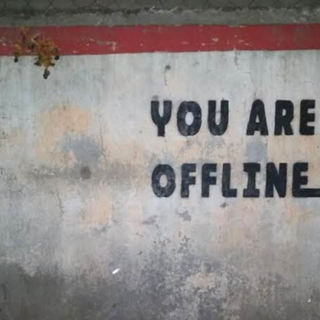Nothing captures the current cultural zeitgeist better than a well-crafted meme, which is a combination of images and text designed to elicit laughter and relatability. Since memes rely extensively on both photos and text, there is often an assumption that people who like consuming memes can both read the text and see images clearly, which is sometimes untrue.
While people with visual impairments can access social media via screen-reader softwares, the unique image, caption and awareness combination required to understand a meme makes them harder to parse via technology. More recently, researchers from Carnegie Mellon University attempted to create software that would automatically identify meme formats and apply pre-written templates to them, adding descriptive alt-text, which is words or phrases that are added to describe the nature and contents of an image, or sound files to make them understandable via assistive technology. Findings from this research were presented at the ACCESS conference in Pittsburgh, United States.
According to the researchers, memes are largely hosted on social media platforms, which tend to have barriers to adding alt-text. A social media platform like Twitter might allow people to add alt-text, but the feature isn’t always easy to find. Of the one million tweets with images that researchers examined, only 0.1% contained alt-text.
Related on The Swaddle:
Learning Disabilities Are Nothing to Fear
While basic computer vision techniques can describe the images underlying each meme and optical character recognition can decipher the overlaid text, researchers stated that the real kicker was ‘translating’ humor. Which is unsurprising, because as everyone knows, explaining a joke immediately makes it unfunny. Gleason said, “It depended on the meme if the humor translated. Some of the visuals are more nuanced … And sometimes it’s explicit and you can just describe it.” For example, the complete alt-text for the “success kid” meme states ‘Toddler clenching fist in front of smug face. Overlaid text on top: Was a bad boy all year. Overlaid text on bottom: Still got awesome presents from Santa.”
Researchers also attempted to add sound files instead of alt-text, in order to convey memes via music and sound effects and in order to keep the sanctity of the joke intact. “One of the reasons we tried the audio memes was because we thought alt-text would kill the joke, but people still preferred the text because they’re so used to it,” Gleason said.
Good user experience design is always user-oriented, anticipating the user’s needs before they can have them. Our ideas of ‘good design’ do not place vital importance upon accessibility, because our culture refuses to see disability as anything more than a niche that can often be ignored. When design and the conversations around it ignore accessibility, they cease to anticipate the demands of a set of users, automatically making it underequipped and lacking. This is why conversations around disability matter and must continue to take place.
“Memes may not seem like the most important problem, but a vital part of accessibility is not choosing for people what deserves their attention,” Jeff Bigham, an associate professor at Carnegie Mellon University, said in a statement. “Many people use memes, and so they should be made accessible.”




